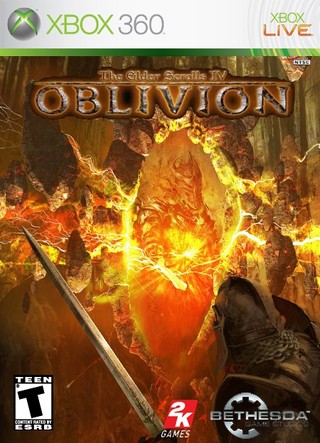
Story Structure: 3 Templates for Getting it Right That’s why we always recommend outlining your book using these methods for planning your novel or non-fiction book.

There’s three main types of story structure options to help you plan your book. Here is the three-act structure broken down: Act 1: Setup The three act structure uses five elements which includes the acts, various scenes, and two key transitions, aka “pinches.” Many world-famous novels use this structure, including: The 3 act play or three act structure…It’s the most basic of story structures, very popular in Hollywood-style films. We’re introduced to the main players as well as the main conflict.

We understand the voice, tone, and direction of the story. Pinch 1 – This is when the initial conflict arises (sometimes known as the inciting incident). Now we’re faced with difficult (seemingly impossible) odds to overcome. Pinch 2 – The conflicts addressed in Act 2 come to a head, and decisions need to be made. This is often the moment where all hope is lost for your protagonist. Act 3: ResolutionĮverything boils down to this act. All of the conflict, main plot points, subplots, and challenges arise and the climax kicks off, shortly followed by the resolution of the story. The Setup: Introduces the main character with some mild character development and sets up the conflict. Here’s an example: Romeo and Juliet uses a 5-act structure in the play, while the films use a three act structure. Pinch 1 occurs at the end of the first act, introducing the conflict of the young couples’ love for each other.

The Confrontation: in Romeo and Juliet appears in the second act as the stakes for the lovers is spelled out. They marry in secret and that forms the end of the major plot points, the star-crossed lovers are not just passingly at odds with their society. Within the three act structure, this is a single plot point. We get that they love each other, and that love means marriage.


 0 kommentar(er)
0 kommentar(er)
